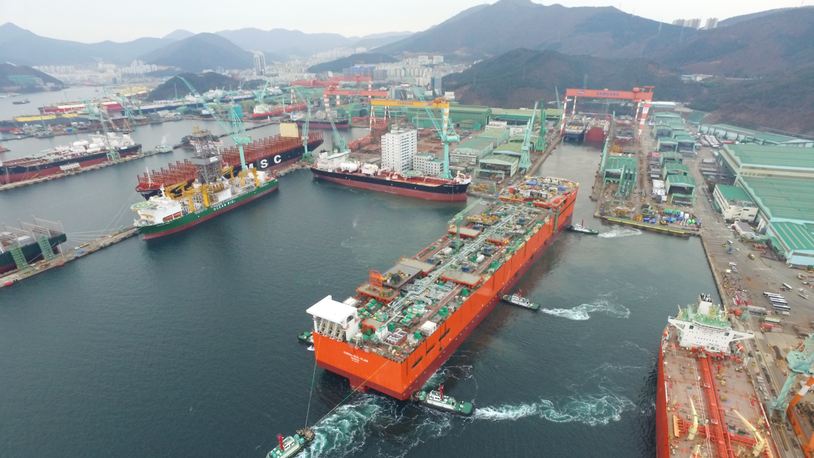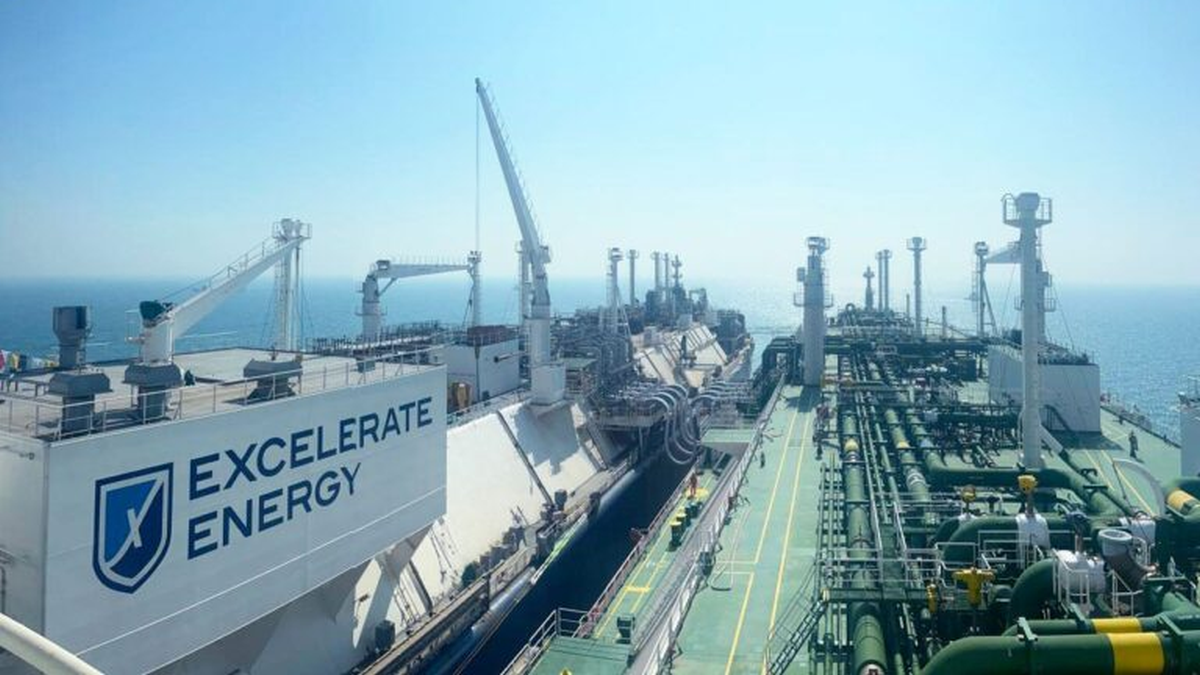Business Sectors
Events
Contents
Register to read more articles.
Plugging the gaps in methane slip
Methane slip is not a new issue, but how much it occurs in the real-life operations of LNG-dual fuel engines and LNG cargo operations is only now beginning to be tackled
Methane slip, a critical issue in the realm of vessel emissions, has long been challenging to quantify accurately. The recent Fugitive and Unburned Methane Emissions from Ships (FUMES) project conducted by the International Council on Clean Transportation (ICCT) sheds light on the underestimation of methane slip from LNG-powered vessels during real-life operations. Despite its significance, the complexities surrounding methane slip quantification have persisted due to limited real-world data and reliance on assumptions in regulatory frameworks.
The scarcity of real-life operational data on methane slip has been a considerable obstacle. With the surge in LNG adoption as a marine fuel, driven by environmental regulations and industry trends, the need for accurate measurement and regulation of methane emissions has become paramount. The FUMES project aimed to address this gap by collecting data from dual-fuel LNG engines and LNG carriers discharging cargo, utilising helicopters, drones, and direct measurements from vessel operations.
The findings of the FUMES study underscore the variability of methane slip levels under different engine loads and operating conditions. Particularly noteworthy is the discrepancy between laboratory-based assumptions and real-world observations, with methane slip levels exceeding regulatory thresholds. The engine designers and manufacturers point to the vintage of some of the engines in the FUMES study and the advances in engine technology to mitigate methane slip, but there does seem to be a need for a re-evaluation of existing policies and regulations to align with empirical evidence.
The gathering of the data does not have to rely on regulations, and it is interesting to see the ongoing research efforts and technological innovations in the commercial sector, such as emissions-measuring technologies like PureMetrics by Daphne Technology, offer promising avenues for addressing these challenges.
The deployment of PureMetrics on LNG carriers, as demonstrated by Trafigura’s initiative, exemplifies a proactive approach towards emissions monitoring and compliance with regulatory frameworks. By providing real-time data on greenhouse gas emissions, such technologies not only facilitate regulatory compliance but also enable informed decision-making for emissions reduction strategies.
“The scarcity of real-life operational data on methane slip has been a considerable obstacle”
Furthermore, the evolution of gas analysis technologies, exemplified by Tunable’s gas analyser system, holds significant implications for emissions monitoring and operational efficiency in the maritime industry. By offering real-time, continuous measurement of gas composition, these innovations empower shipowners to optimise their operations and reduce emissions effectively.
The FUMES project underscores the imperative of gathering comprehensive real-world data to accurately quantify methane slip and inform regulatory frameworks. Work is well advanced on the provision of ammonia-dual fuel engines and parallels will be drawn between research into methane slip from LNG dual-fuel engines and research into ammonia slip. Once ammonia dual-fuel engines are in service, will studies reveal similar differences between testing and real-life operations? How can this be foreseen before the ammonia dual-fuel engines are in operation? It is a classic chicken-and-egg dilemma.
Or will advanced technology address the forthcoming challenge? As shipping navigates towards a sustainable future, leveraging real-life data-driven insights will be essential in mitigating long-term greenhouse gas emissions from maritime activities.
Related to this Story
Events
Offshore Support Journal Conference, Americas 2025
LNG Shipping & Terminals Conference 2025
Vessel Optimisation Webinar Week
© 2024 Riviera Maritime Media Ltd.












